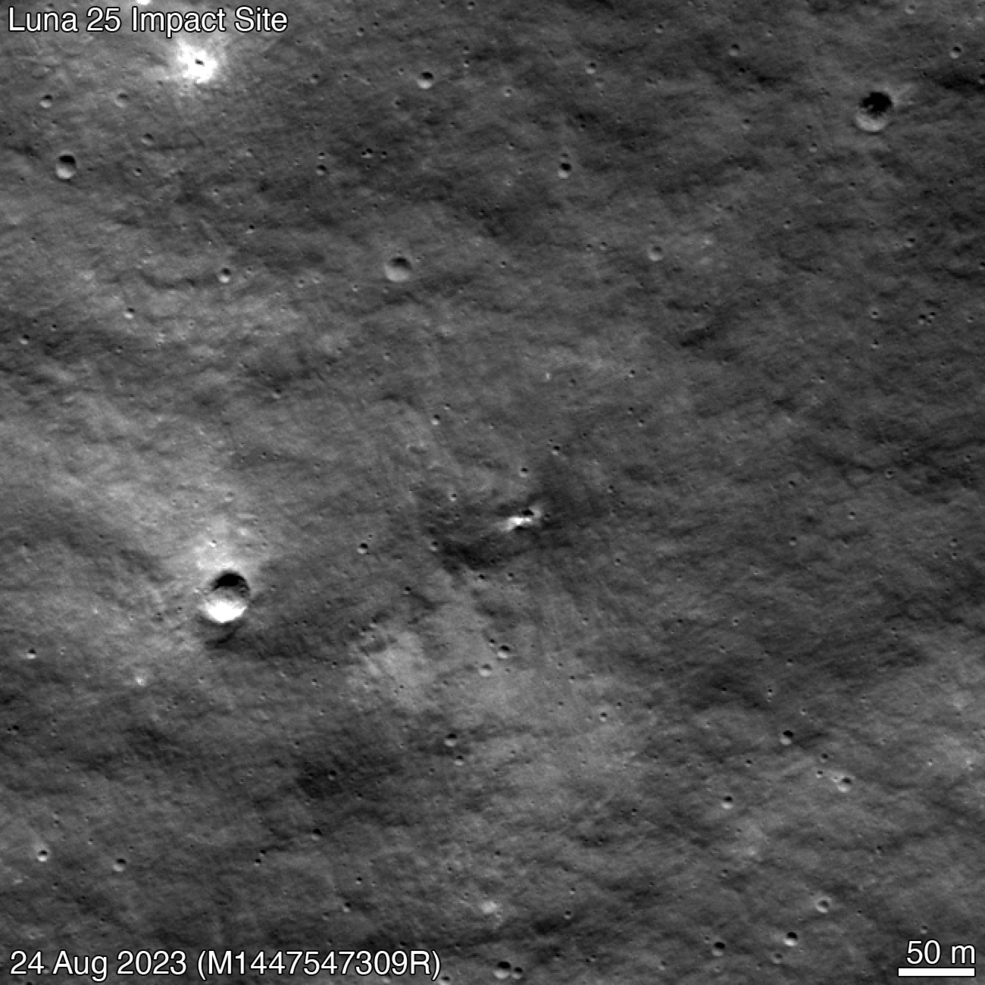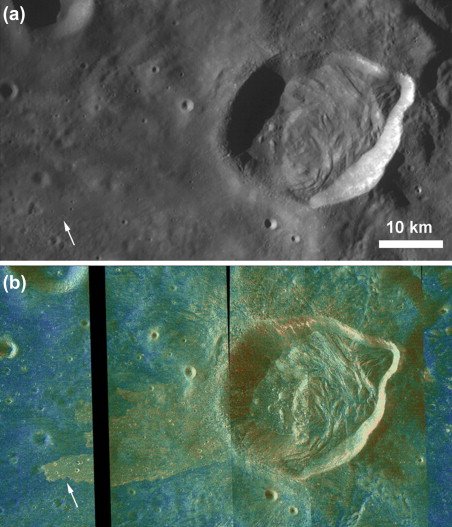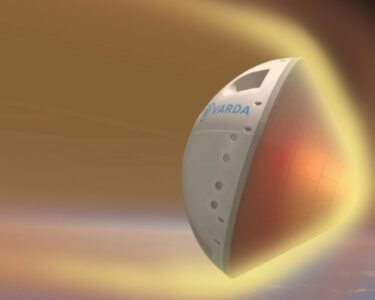On August 21, Roscosmos which is Russia’s space agency, estimated the impact location of Lunar Reconnaissance Orbiter. On August 22, the LRO Camera and Mission Operations teams sent commands to the LRO spacecraft to capture images of the site. They started this sequence at 2:15 p.m. EDT on August 24 and finished around 6:12 p.m. EDT.

Comparing images taken before and after, the LROC team found a small new crater. Therefore, the most recent image of the area before the impact was from June 2022.
We will go through some of the best, and latest updated data on the Lunar Reconnaissance Orbiter. So, let’s uncover the valuable knowledge that you don’t want to miss out.
The Purposes of Reconnaissance Orbiter:
The LROC has two main jobs:
Checking Landing Sites: LROC takes pictures to make sure it’s safe for spacecraft to land on the Moon, especially near the poles.
Watching the Poles: It also takes pictures of the Moon’s polar areas to see which parts are always dark and which always have sunlight.
Besides these two main tasks, LROC does six other important things:
Maps Polar Mountains: It carefully maps places on the Moon’s poles that always get sunlight.
High-Res Maps: It takes lots of pictures of potential landing spots and other places to create detailed maps.
Resource Check: It uses different colors of light to study what the Moon is made of, especially a mineral called ilmenite.
Big Picture Map: It makes a large map of the Moon with lots of details that are useful for scientists.
Close-Up Pictures: The Lunar Reconnaissance Orbiter photos are so amazing. The pictures that it clicked includes the close ups of different parts of the Moon’s surface to understand how they are made.
Impact History: It looks at the Moon’s surface to count how many times it has been hit by small rocks since 1971-1972. This helps us know if it’s safe for future missions.
Lunar Reconnaissance Orbiter Apollo 11 landing sites:
Some of the most famous photos from the Lunar Reconnaissance Orbiter are of the six Apollo landing sites. This picture shows the Taurus-Littrow valley.
The Detailed Over view of the Moon Images:
The two narrow-angle cameras take very close pictures of the Moon. They have covered each small square in the picture covering an area of about 0.5 meters (1.6 feet). They capture images in a 5-kilometer-wide area.
The wide-angle camera of Lunar Reconnaissance Orbiter provides images at a lower level of detail. It includes the each small square covering 100 meters (328 feet). However, it can capture a much wider area, about 100 kilometers (62 miles) across. Besides this, the wide-angle camera also looks at the Moon in seven different colors. It will assists us to find out where important minerals like ilmenite, which contains iron, titanium, and oxygen, are found.

How Lunar Reconnaissance mission will pave a way to further mission?
A NASA mission to map the lunar surface in unprecedented detail and make other observations from orbit. Besides its accomplishments, LRO has photographed all of the Apollo landing sites. It is showing the abandoned lunar modules and the paths the astronauts created during their expeditions. Therefore, LRO’s images may be used to find landing sites for future lunar missions.

What is the Lunar Reconnaissance mission, and spacecraft design?
- Cosmic Ray Telescope for the Effects of Radiation (CRaTER)
- Diviner Lunar Radiometer Experiment (DLRE)
- Lyman-Alpha Mapping Project (LAMP)
- A Lunar Exploration Neutron Detector (LEND)
- The Lunar Orbiter Laser Altimeter (LOLA)
- Lunar Reconnaissance Orbiter Camera (LROC)
- Mini-RF Miniature Radio Frequency Radar
What is the Lunar Reconnaissance Orbiter launch date?
According to the Lunar Reconnaissance Orbiter’s Wikipedia details. LRO was launched on the June 18, 2009, as a joint launch with the Lunar Crater Observation and Sensing Satellite (LCROSS) mission.
Now, we will be answering some of the frequently asked queries to have a better over view of this mission, and its purposes!
What is the purpose of the Reconnaissance Orbiter?
LRO’s main job was to make a detailed 3D map of the Moon’s surface from a polar orbit. Furthermore, this map helps find safe landing spots, valuable resources, and study radiation. It also tests new tech for future lunar missions, both robotic and human.
Is the Reconnaissance Orbiter still alive?
The LRO is a NASA spacecraft circling the Moon in a unique orbit. Moreover, it is there to make a 3D map of the Moon’s surface, and it’s still doing this job.
What is the current lunar orbiter?
Lunar orbiting spacecraft:
Name: Lunar
Orbiter: Trailblazer
Country/ Organization Type: USA
What did the Reconnaissance Orbiter discover?
We once thought lunar volcanoes stopped erupting a billion years ago. But pictures from the Lunar Reconnaissance Orbiter (LRO) now showing us something different. The patches of recent basaltic deposits, possibly from eruptions in the past 100 million years.
How far is the Lunar Reconnaissance Orbiter from the Moon?
LRO lives in a circular orbit, roughly 31 miles (50 kilometers) above the lunar surface, according to NASA.
How many rockets land on moon?
There have been 14 successful moon landings. China did 2 (2013 and 2019), the United States did 5, and the Soviet Union did 7. Besides this, all the US and Soviet landings were in the 1960s and 1970s.
What has the Reconnaissance Orbiter mission sent back to Earth?
The mission is all about looking at the Moon’s poles to find water or ice. The LRO is also checking for water ice in dark craters near the poles. In 2009, another spacecraft flying with LRO found water. They have observed it when a rocket stage was purposely crashed into the Moon’s south pole.





